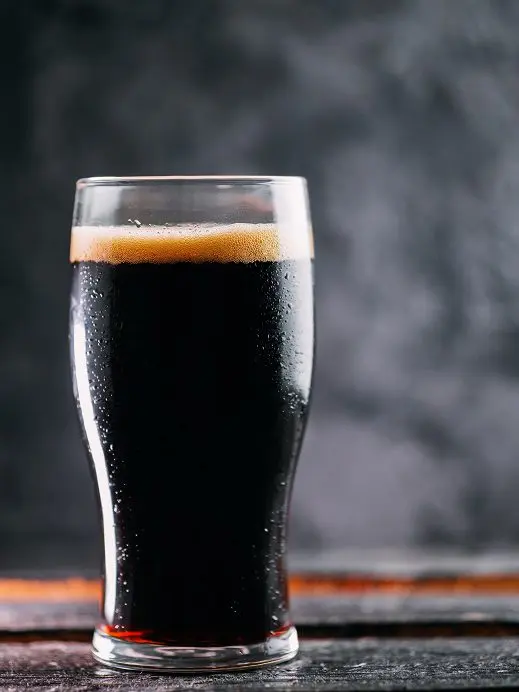Initially, porter is an English style, it appeared in the Baltic countries as a result of export, and then local brewers adopted the experience and adapted the recipes to their capabilities. In particular, top fermentation was replaced by bottom fermentation.
According to the official classification, the style is considered to be the Baltic porter, and unofficially it can be called imperial. In Denmark, this type is still called a stout, paying homage to the times when there was almost no difference between these two types of beer.
A distinctive feature of the style is a pronounced malt profile, a complex bouquet and a slightly toasted (but not burnt!) taste. In the aroma, tones of caramel, toffee, nuts, toast, licorice, dried fruits, red berries are felt. Dark malt gives notes of chocolate, coffee, molasses.
The color of the drink varies from dark chestnut to dark brown, in a glass the beer forms a dense dark foam. Baltic porter can be both transparent and cloudy.
In the bouquet, hop bitterness is in the background, emphasizing the malt sweetness. Hops can add subtle nuances of spice to the taste. The style is full-bodied, round, drinkable, noticeably carbonated. The finish is dry.
The Baltic porter is made on the basis of Vienna malt (can be replaced by Munich) with the addition of chocolate or black types. The composition of the drink includes hops of the Zatec type, lager yeast. Depending on the manufacturer, other ingredients are possible: unmalted grains, different types of malts.
In taste, the style is most reminiscent of Schwarzbier, compared to other porters – more fruity and strong. Lighter but smoother than an imperial stout.

Strength: 6.5-9.5%.
Density: initial 1.060-1.090, final 1.016-1.024.
Bitterness Index: 20-40 IBU.
Color: 17-30 SRM.









